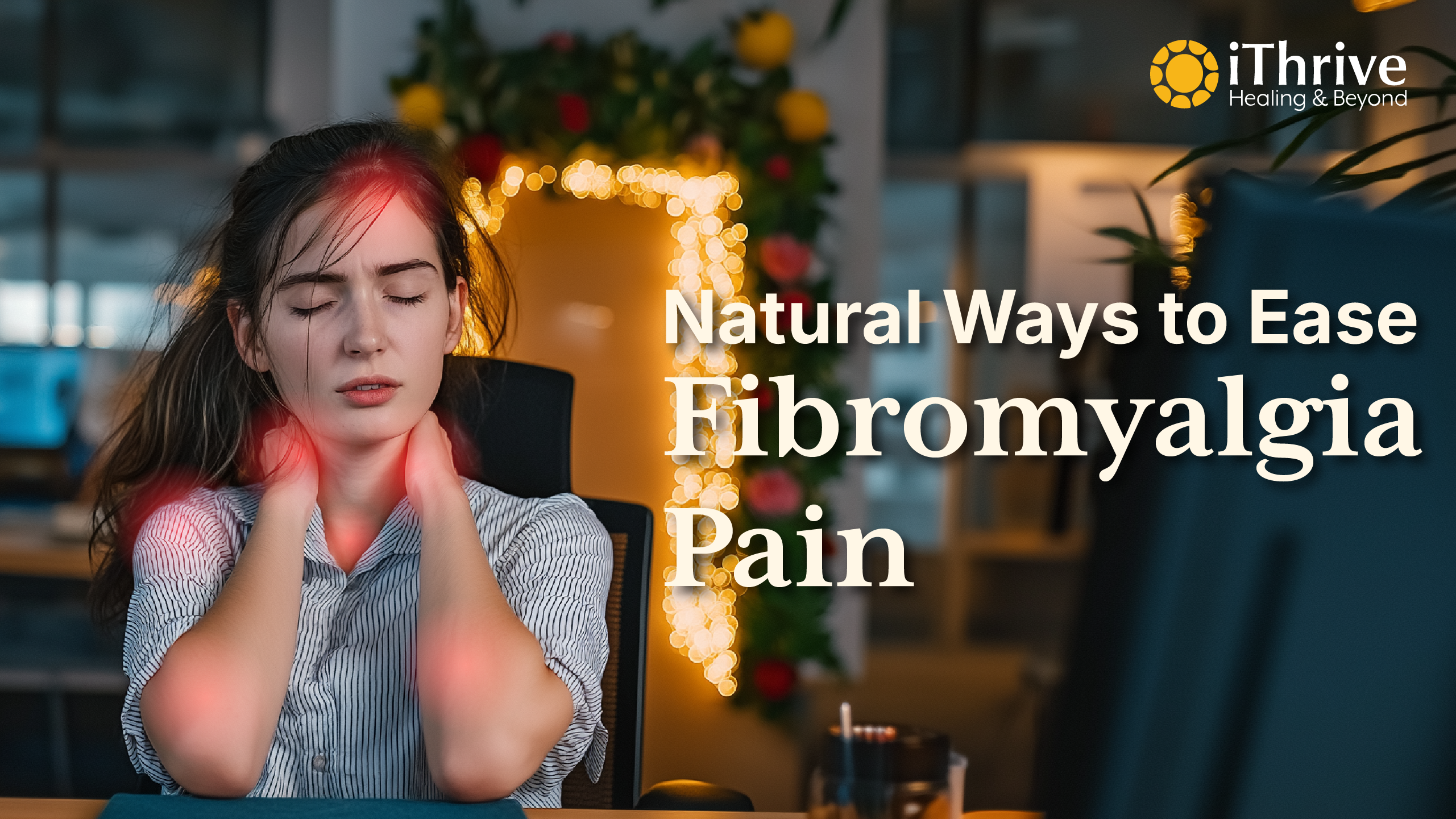What are Toxins?
Toxins are compounds that damage an organism upon exposure. Toxins can be as simple as an ion or an atom, and they interfere with normal cell function. Toxins can also take the form of complex molecules, such as snake poison 1.
Toxins can be found in almost all the compounds present on the planet. Water molecules can also be toxic if taken in large amounts. Excess water in the body can cause cells to burst open due to the increased pressure in the cells 1.
Types of Toxins
Toxins can be found as simple charged particles, and they cause havoc in the reactions occurring in the human body. Toxins can also be proteins, which can affect the nervous system. Animals produce toxins to "restrain" or defend themselves from predators. Thus, evolutionary research concluded that organisms that produce toxins are so intelligent that they can identify the predator that poses a threat to their survival, and as a result, animals have developed toxins to counteract these predators 1.
Let's take an example to understand this better. Snake venom is composed of different types of proteins. These proteins attack the organism's cells in various ways. In some snakes, the venom attacks the nervous system, while in others, the venom attacks the tissues of the organism. Pesticides, for example, are designed to kill insects but not other animals because they are tailored to the anatomy of the target organism. Pesticides are observed to accumulate in organisms after decades of use. According to research, the eggshells of birds have thinned over time. DDT is a pesticide used in fields to protect crops from insects, and as a result, DDT is consumed by insects. After their deaths, these insects are in turn consumed by organisms of higher trophic levels, with the DDT starters biomagnifying in the food chain. Since birds are part of this food chain, DDT biomagnifies in birds, affecting their Ca-ATpase pump and leading to thinning of the egg shells and resulting in reproductive issues.
Toxins in Food
Toxins can also be found in food. Sometimes toxins can arise in food due to processing, handling, or contamination. These toxins can cause havoc in our bodies. It can lead to nausea, vomiting, abdominal pain, and diarhhoea 2.
Seafood and the toxins found in it are pretty much a hot topic all throughout the world. Seafood poisoning includes ciguatera, scombroid fish poisoning, puffer fish poisoning, and paralytic shellfish poisoning. Seafood poisoning occurs when a person consumes a tissue from a fish that contains heat-resistant toxins that enter the body 3.
Let's look into these seafood toxins in depth to get a better understanding.
Ciguatera Toxins
This type of toxin is usually found in coral reef fishes such as leopard coral grouper, two-spot red snapper, lyretail grouper, flowery grouper, moray eel, spotted coral grouper, tiger grouper, and humphead wrasse. Toxins ingestion through fish causes the following symptoms: numbness of the mouth and limbs, vomiting, diarrhoea and pain in joints and muscles 3.
Paralytic Shellfish Poisoning
Paralytic shellfish poisoning usually occurs after consuming bivalve fish such as scallops, mussels, oysters, clams, cockles, and xanthid crabs. If a person becomes ill as a result of eating these shellfish, they may experience symptoms such as tingling or numbness throughout their bodies, as well as respiratory paralysis 3
Toxins cannot be eliminated through processing. Ciguatera toxins, for example, cannot be removed even by boiling or steaming the fish. The same is true for paralytic shellfish poisoning as well. While in the case of scrombiod toxins, the best way to avoid the toxins' formation is to refrigerate the fish with proper hygiene as soon as the fish is caught. Similarly, cooking does not decrease the risk of these toxins. One cannot identify fish containing toxins just by looking at the fish, as toxins are odourless and tasteless.
How can you protect yourself from seafood poisoning?
One way to avoid the risk of seafood poisoning is to avoid consuming the intestine, head, and liver of fish, which could be harbouring these toxins. Similarly, in terms of shellfish, make sure to avoid purchasing shellfish from sources that might have reported a past history of paralytic shellfish poisoning. Another way is to maintain hygiene during fish capture, transportation, and storage, which might reduce the risk of toxin formation.
References:-
Subscribe to our newsletter and receive a selection of cool articles every week



.png)


.webp)

.jpg)


.webp)


